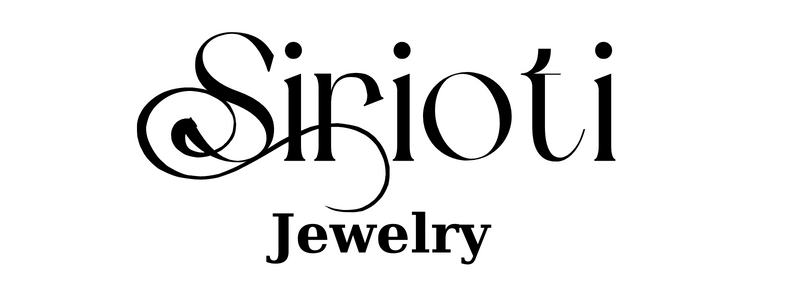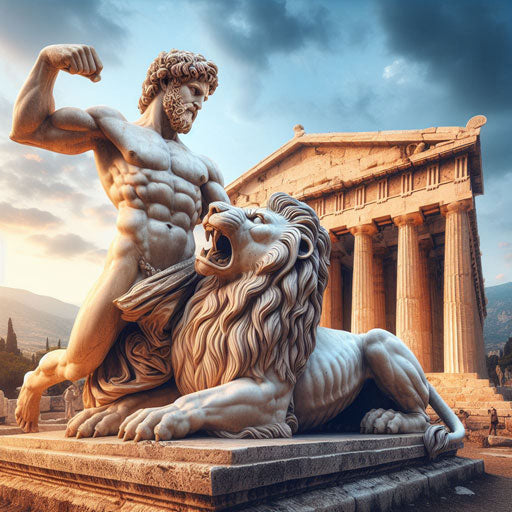Hercules: The Heroic Journey of a Legendary Demigod
Introduction:
In the vast pantheon of Greek mythology, the name Hercules resonates with tales of unmatched strength, valor, and heroism. Born of divine lineage and destined for greatness, Hercules's legendary exploits have captured the imagination of generations. Join us as we journey through the Twelve Labors of Hercules, each a testament to his indomitable spirit and unwavering determination.
Sections:
- Slaying the Nemean Lion
- Destroying the Lernean Hydra
- Capturing the Golden Hind of Artemis
- Capturing the Erymanthian Boar
- Cleaning the Augean Stables
- Slaying the Stymphalian Birds
- Capturing the Cretan Bull
- Obtaining the Mares of Diomedes
- Obtaining the Girdle of Hippolyta
- Obtaining the Cattle of Geryon
- Retrieving the Apples of the Hesperides
- Capturing Cerberus from the Underworld
- Fascinating Facts About Hercules
Life of Hercules:
Hercules, son of Zeus, the king of the gods, and the mortal woman Alcmene, was destined for greatness from the moment of his birth. Endowed with immense strength and courage, Hercules embarked on a journey filled with triumphs and trials, navigating the complexities of divine heritage and mortal existence with unwavering resolve.

The Twelve Labors:
Slaying the Nemean Lion:
Hercules's first labor tasked him with defeating the Nemean Lion, a fearsome beast with impenetrable skin. Armed with only his bare hands, Hercules confronted the lion in its lair. Unable to pierce its hide with conventional weapons, Hercules relied on his incredible strength to grapple with the lion, eventually strangling it and emerging victorious.
Destroying the Lernean Hydra:
The second labor saw Hercules facing the Hydra, a monstrous serpent with multiple heads. To make matters more challenging, each severed head would regenerate, posing a perpetual threat. With the assistance of his nephew Iolaus, Hercules devised a strategy: as he severed each head, Iolaus cauterized the stump, preventing regeneration. Through perseverance and cunning, Hercules triumphed over the Hydra.


Capturing the Golden Hind of Artemis:
For his third labor, Hercules was tasked with capturing the Golden Hind, a sacred deer belonging to the goddess Artemis. Endowed with incredible speed and agility, the hind led Hercules on a relentless chase through rugged terrain. Despite the hind's elusive nature, Hercules eventually outmaneuvered it, capturing the prized creature and fulfilling his task.

Capturing the Erymanthian Boar:
Journeying to the snowy slopes of Mount Erymanthos, Hercules confronted the Erymanthian Boar, a ferocious beast terrorizing the countryside. With his strength and courage, Hercules subdued the raging boar, binding it with sturdy ropes and presenting it as proof of his victory.
Cleaning the Augean Stables:
The fifth labor presented Hercules with a seemingly insurmountable task: cleaning the Augean Stables, which had not been cleaned in years and housed a vast number of cattle. Undeterred by the enormity of the challenge, Hercules devised a clever solution. By diverting the rivers Alpheus and Peneus, he flushed out the accumulated filth, completing the labor in a single day.
Slaying the Stymphalian Birds:
Hercules's sixth labor took him to the marshes of Stymphalus, where he faced a flock of ravenous birds with sharp metallic feathers. With the aid of Athena, who provided him with bronze castanets, Hercules startled the birds into flight. As they took to the sky, Hercules shot them down one by one, ridding the land of their menace.
The Stymphalian Birds: Origin, Description, Hercules, Facts From Greek Mythology
Capturing the Cretan Bull:
Journeying to the island of Crete, Hercules confronted the Cretan Bull, a creature of immense strength and ferocity. Wrestling the bull into submission, Hercules returned it to King Eurystheus, who was terrified by the creature's power.
Obtaining the Mares of Diomedes:
Hercules's eighth labor led him to confront Diomedes, a tyrannical king who bred man-eating mares. Overpowering Diomedes and feeding him to his own horses, Hercules tamed the savage beasts and led them back to King Eurystheus.
Obtaining the Girdle of Hippolyta:
Tasked with obtaining the girdle of the Amazon queen Hippolyta, Hercules embarked on a diplomatic mission. Despite the initial goodwill, Hera, seeking to undermine Hercules, spread rumors that he intended to capture the queen. In the ensuing chaos, Hercules slew Hippolyta and claimed her girdle.
Obtaining the Cattle of Geryon:
Journeying to the edge of the world, Hercules faced Geryon, a fearsome giant with three bodies. After slaying Geryon and his watchdog Orthrus, Hercules herded the prized cattle back to Greece, overcoming numerous obstacles along the way.
Retrieving the Apples of the Hesperides:
To retrieve the golden apples of the Hesperides, Hercules sought the aid of Atlas, who bore the weight of the heavens. Assuming Atlas's burden, Hercules tricked the Titan into fetching the apples for him, allowing him to complete the labor.
Titan Atlas: Origin, Titanomachy, Punishment And Symbolism In Greek Mythology
Capturing Cerberus from the Underworld:
For his final labor, Hercules ventured into the depths of the underworld to capture Cerberus, the ferocious three-headed hound guarding the gates. With the aid of Hermes and Athena, Hercules successfully subdued Cerberus, bringing him to King Eurystheus as proof of his accomplishment.

Fascinating Facts About Hercules:
- Hercules is also known by his Roman name, Hercules, derived from the Greek "Heracles."
- He was the greatest of the Greek heroes and a symbol of masculinity and strength.
- Hercules was known for his incredible physical strength, said to surpass that of any mortal or god.
- He was the subject of numerous works of art, literature, and drama throughout ancient and modern history.
- Hercules was one of the few heroes to achieve immortality, becoming a god upon his death.
- His exploits were often depicted in Greek mythology and later adapted into various forms of popular culture, including movies, television shows, and video games.
- Despite his legendary status, Hercules was not without flaws and faced many challenges throughout his life, including his infamous Twelve Labors.
Conclusion:
The saga of Hercules, with its epic deeds and enduring legacy, continues to captivate and inspire generations. Through his Twelve Labors and beyond, Hercules exemplifies the timeless virtues of courage, resilience, and redemption. As we reflect on his heroic journey, let us draw inspiration from his example and strive to embody the same spirit of strength, valor, and compassion in our own lives.
More interesting posts here



